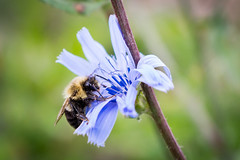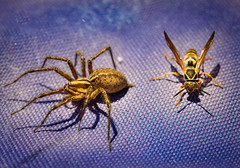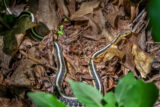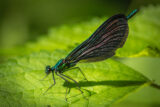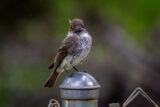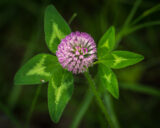Forked Tongue
 I’m not a ophiologist, but I believe this is a Western Fox Snake – also commonly called a Pine Snake. This formidable looking serpent, measuring a bit longer than 4 feet, was spotted gliding across our lawn. My camera’s fast shutter speed stopped that quickly flicking tongue. My apologies to those who are creeped out by snakes.
I’m not a ophiologist, but I believe this is a Western Fox Snake – also commonly called a Pine Snake. This formidable looking serpent, measuring a bit longer than 4 feet, was spotted gliding across our lawn. My camera’s fast shutter speed stopped that quickly flicking tongue. My apologies to those who are creeped out by snakes.
Here’s a bit of info about this type of snake from a Wisconsin DNR publication…
Family: Colubridae Size: 36-56 in. Status: Common
The fox snake has many large reddish-brown, chocolate brown, or black mid-dorsal blotches along its back and other smaller blotches on its sides on a background color of yellow, tan or olive gray. The head of adults is usually a dark copper, rust or orange color. They live in a variety of open habitats including marshes, sedge meadows, prairies and old fields. Their diet consists primarily of rodents and ground-nesting birds. Young fox snakes will occasionally eat amphibians. This species is the most frequently encountered snake in people’s homes, especially if the house has an old rock foundation where the snake(s) may be hunting for food or hibernating in the basement. The fox snake is often mistaken for the venomous copperhead snake due to its head color, and subsequently is often killed. Copperheads do not live in or near Wisconsin. Fox snakes are also often mistaken for rattlesnakes, as they often ‘rattle” their tails in dry leaves, grasses or against objects when disturbed.
To view more of the detail, click on the image and a larger version will open in a new browser tab.






